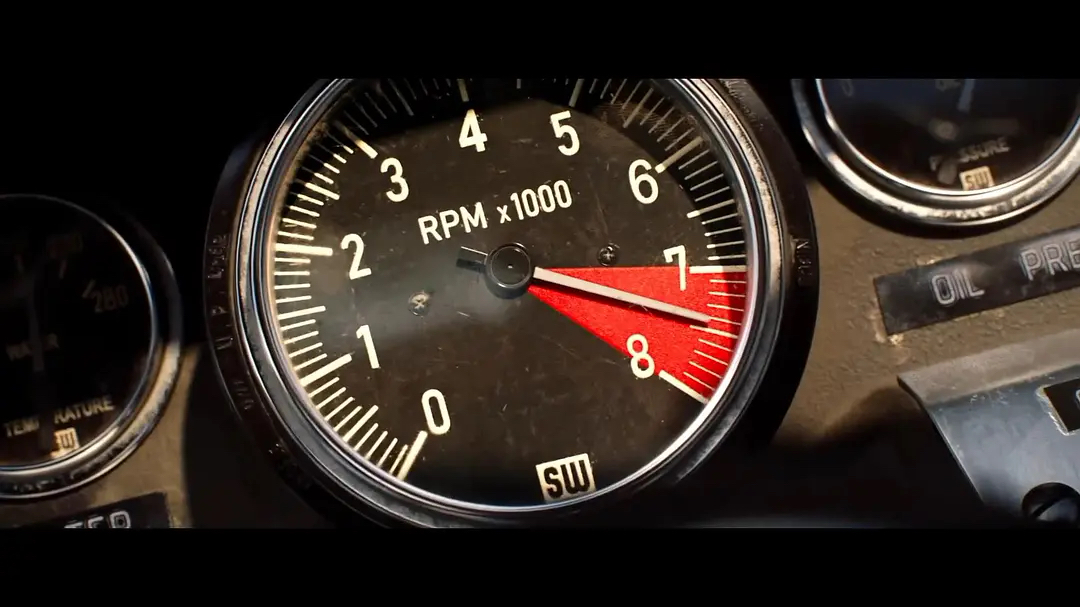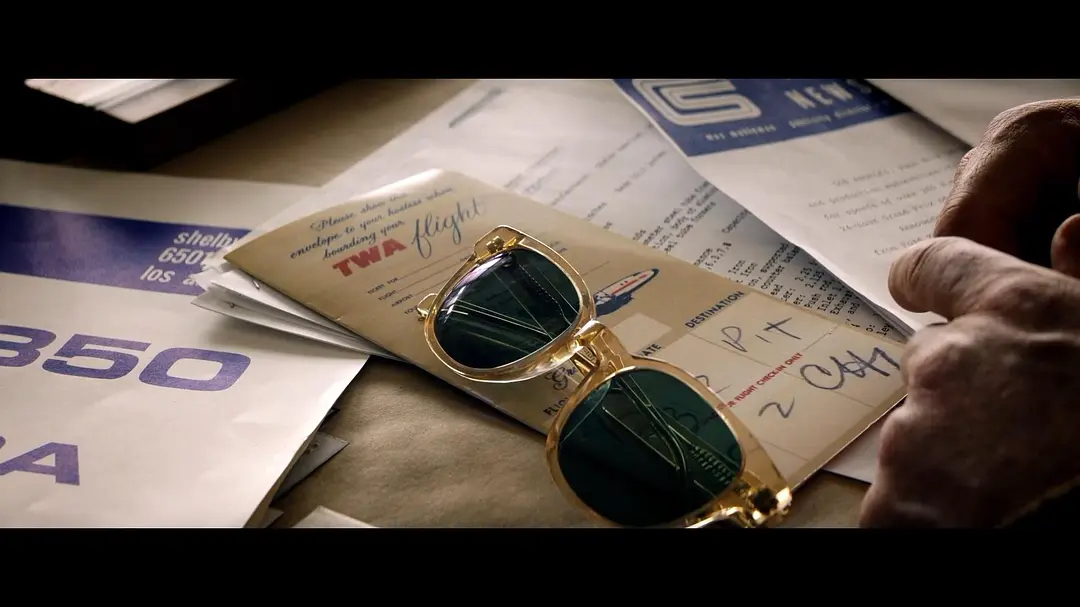
The film begins to move in two directions. First up are the official introduction of the two main characters, Matt Damon’s legendary former motorcyclist turned carmaker Carroll Shelby and Christian Bale’s character driver Ken Myers. Shelby is responsible for building cars on behalf of Ford and liaising with headquarters. Miles was responsible for testing the car and participating in various races. Moreover, the editing of this film is also very wonderful, with all kinds of smooth transitions, without making the audience feel unnatural. That’s the advantage of Continuity Editing, clear narrative, making the movie a better story teller. In this film, the difficulty of editing is how to show the tension during the competition and make the audience feel excited. When not playing, use smooth transitions to introduce the audience to the information they need to know.
The movie is in a pattern that it has tons of outstanding transitioning skills when editing the movie. For instance, a lot of car elements were introduced into the scenes when they are almost finished. Two times that the movie uses Ken’s child’s toy cars to end the scenes and go on to the next shots. It helps the movie to stick to its theme when it’s not even talking about racing but introducing movie characters.
At last year’s Oscars, “Ford v Ferrari” won two awards for best film editing and best sound editing for its breathless graphics. With its excellent audio-visual effects, the film has captivated audiences and critics around the world since its debut at the beginning of awards season. The Hollywood Reporter called it “a racing saga with strong dramatic and historical roots.” Challenging the new racing and biographical genre, the film minimizes CG effects and uses a lot of live action to restore the most intense and exciting racing scenes. In the movie, the cars roar past, and the audience can feel the vibration of the car, the friction of the tires and the roar of the engine. The sense is so real because the group insists not to use special sound effect to “make the sound” but to record it. It makes the whole movie more credible.

